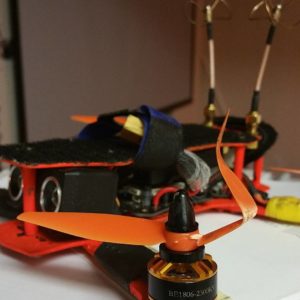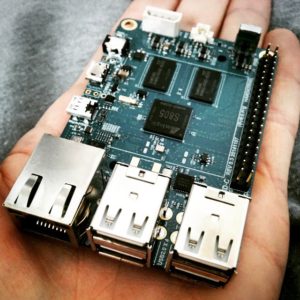
Telltale signs of a fun time

Here is my shot from Missouri #nevercomingback

Custom 3D fpv miniquad

#drone #paintjob #teamOrange #miniQuadClub

This is why you solder All The Things! #WeCantHaveNiceThings

Team Orange

#odroid #hardkernel #tux #linux #android #quadcore

Because diversity is American!

FPV Pilot Prospective

